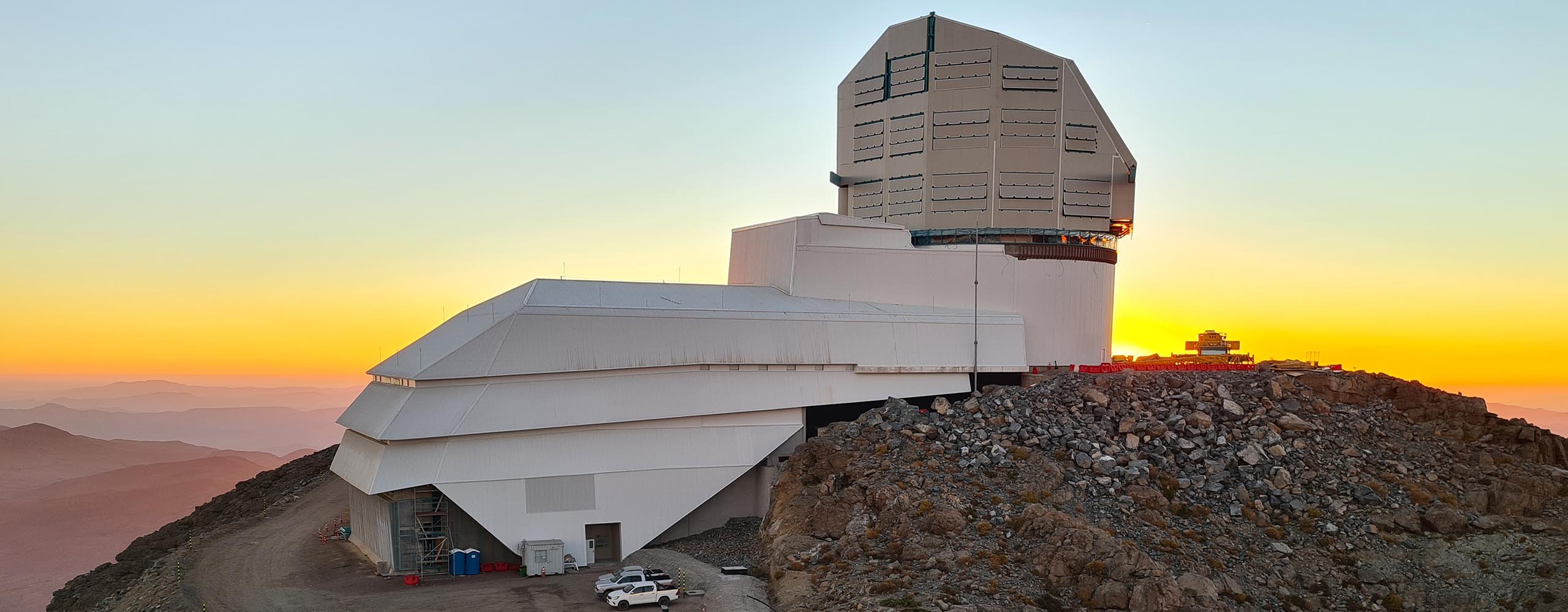
NSF-DOE Vera C. Rubin Observatory, currently under construction on Cerro Pachón in Chile, is an 8-meter-class telescope coupled to a 3200 megapixels camera – the world’s largest digital camera ever fabricated for optical astronomy.
NSF–DOE Vera C. Rubin Observatory will bring the sky to life and revolutionize the way we explore the cosmos.
Rubin Observatory will advance science in four main areas: the nature of dark matter and understanding dark energy, cataloging the Solar System, exploring the changing sky, and Milky Way structure and formation.
Rubin Observatory will operate on an automated cadence, capturing an area the size of 40 full moons with each pair of 15-second exposures and returning to the same area of sky approximately every three nights. Over ten years of operations, hundreds of deep exposures will be acquired for every part of the visible sky. Dedicated computer facilities will process Rubin Observatory data in real time, issuing worldwide alerts within 60 seconds of detected changes in the sky. Prompt and data release products will be available to all U.S. and Chilean astronomers, and to Rubin Observatory’s in-kind contributors.
A subset of data will be widely available through the Rubin Observatory Education and Public Outreach (EPO) dynamic website portal, offering tools and activities for formal educators, citizen scientists, informal science centers, and the general public to engage, explore, and discover.
Rubin Observatory was the top-ranked large ground-based project in the 2010 Astrophysics Decadal Survey. Engineering and then science first light is expected in 2025 and full operations for the ten-year survey commencing in the second half of 2025.
The U.S. National Science Foundation (NSF) and the U.S. Department of Energy (DOE) Office of Science will support Rubin Observatory in its operations phase to carry out the Legacy Survey of Space and Time. They will also provide support for scientific research with the data. During operations, NSF funding is managed by AURA under a cooperative agreement with NSF, and DOE funding is managed by SLAC National Accelerator Laboratory (SLAC), under contract by DOE. Rubin Observatory is operated by NSF NOIRLab and SLAC.

